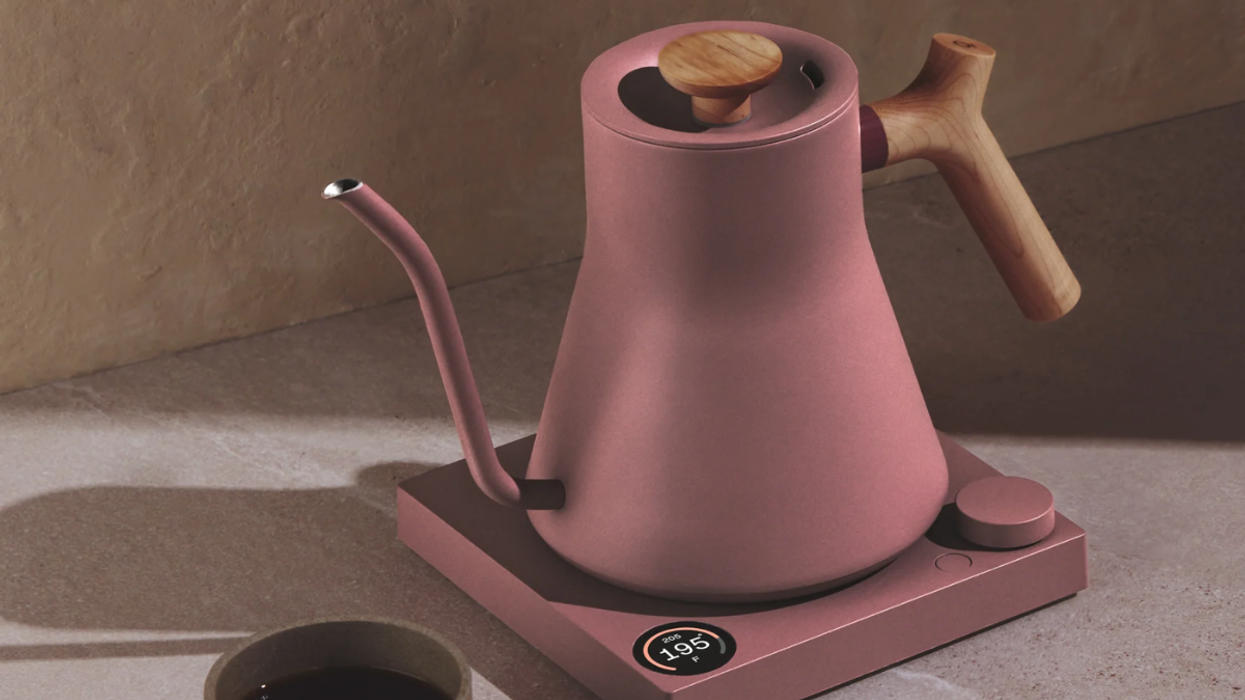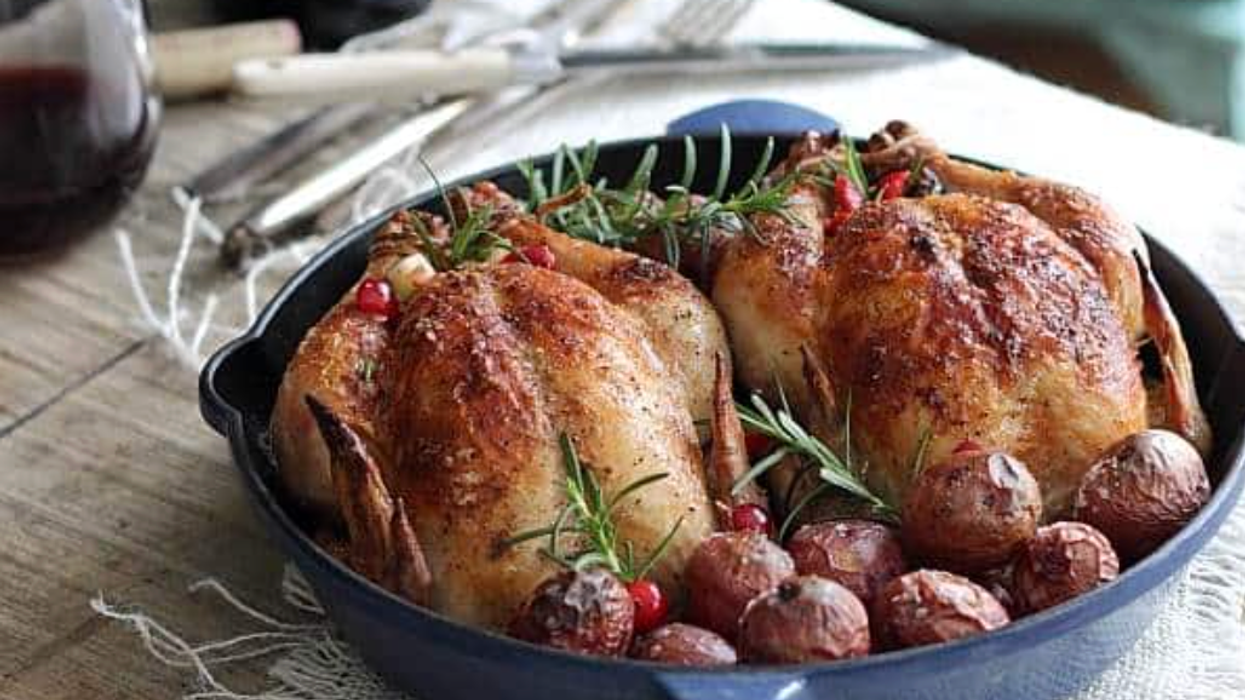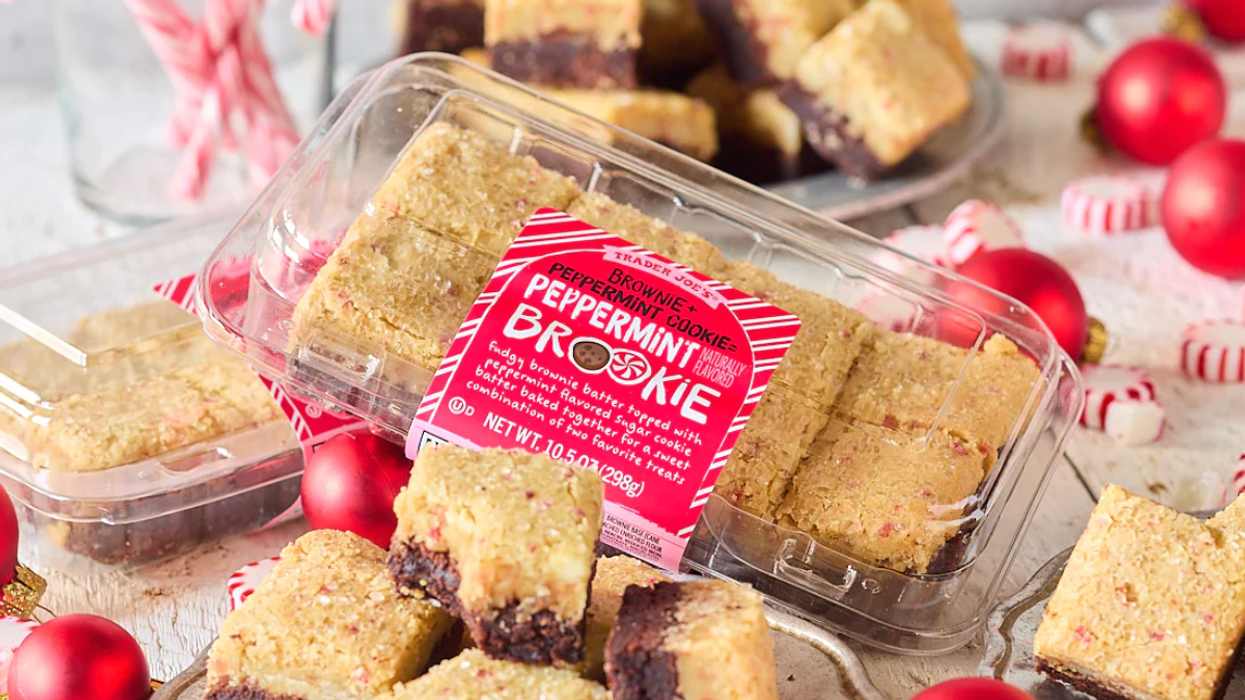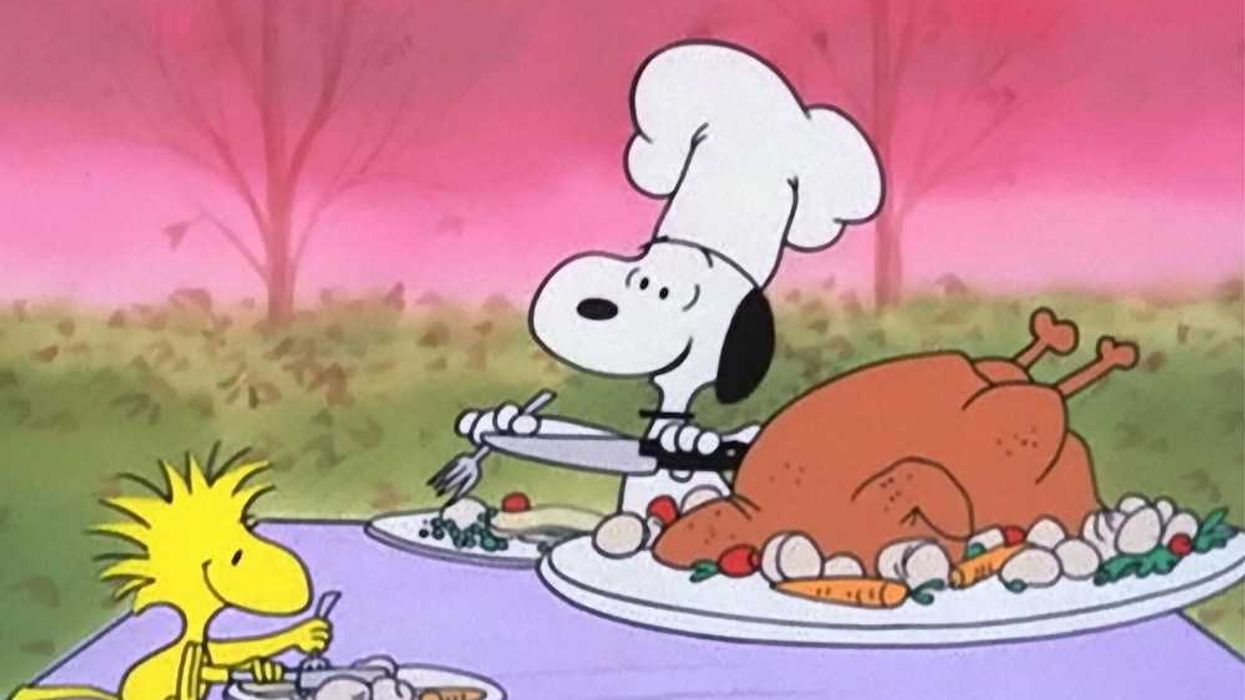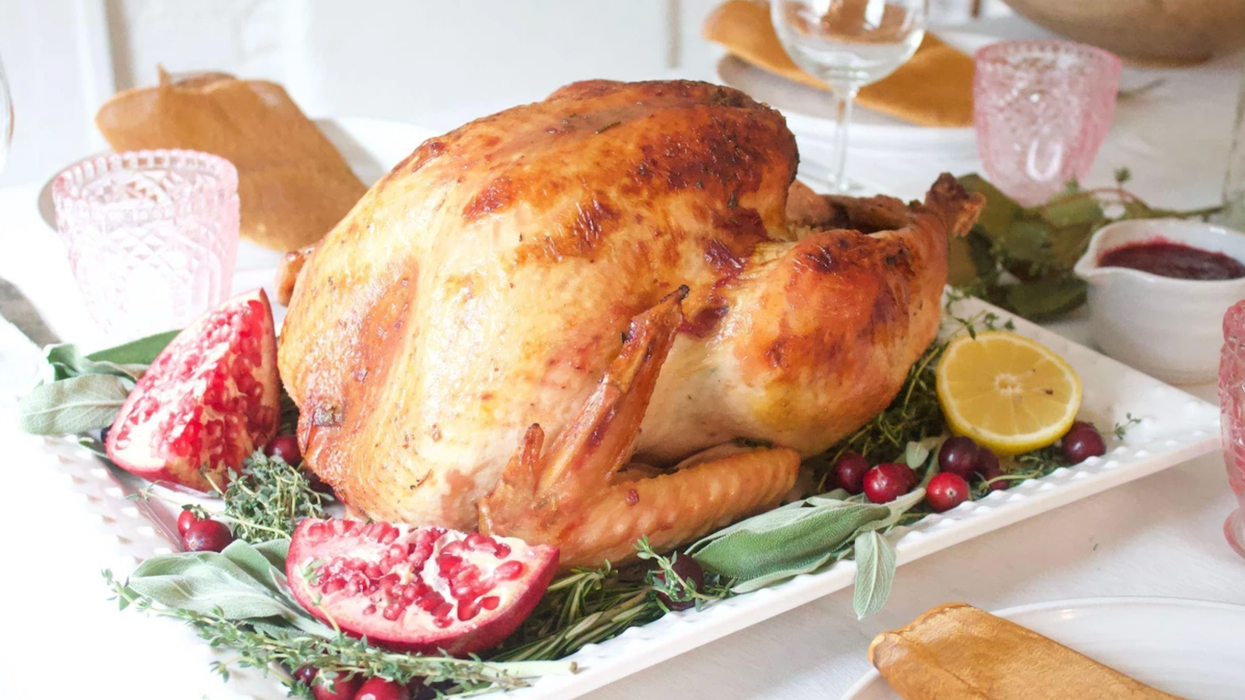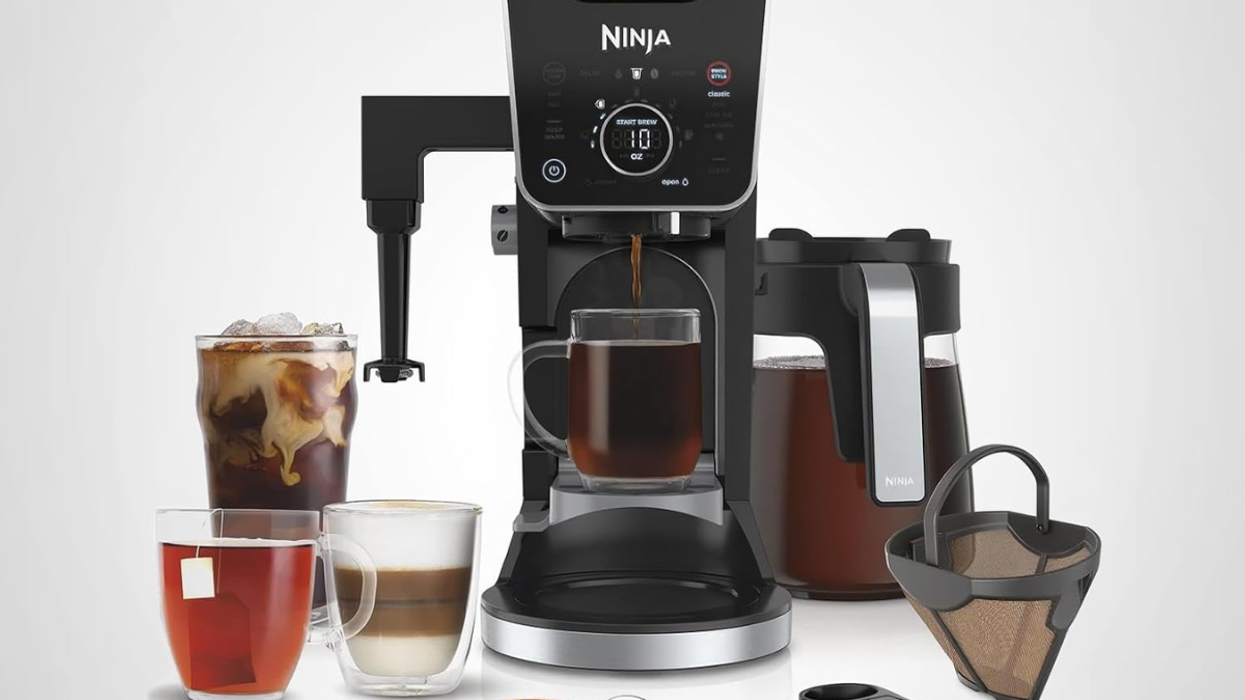Plus, the most delicious wine and cheese pairings for your holiday gatherings.
The Dos And Don'ts Of Cheesemaking

Theresa Gonzalez is a content creator based in San Francisco and the author of Sunday Sews. She's a lover of all things design and spends most of her days raising her daughter Matilda.
Were you ever given the task of egg-sitting in school as part of a science lesson? Me neither, but I imagine it's a very similar process to cheesemaking. You're basically babysitting cheese for about a month. Last week, I joined Nicole Easterday of FARMcurious for a lesson in how to make cheese. In fact, I made my own Baby Camembert at Nickel & Nickel winery in Napa, CA. (I live in neighboring Sonoma.)
First off, what surprised me about cheesemaking is that it doesn't take a whole lot of ingredients (un-homogenized milk, heavy cream, cultured buttermilk, liquid rennet and a few funghi) but it is a commitment. I'll be flipping my cheese daily or every other day for about three to six weeks before it will age and be ready for eating (fingers crossed it *will* be ready for eating!).
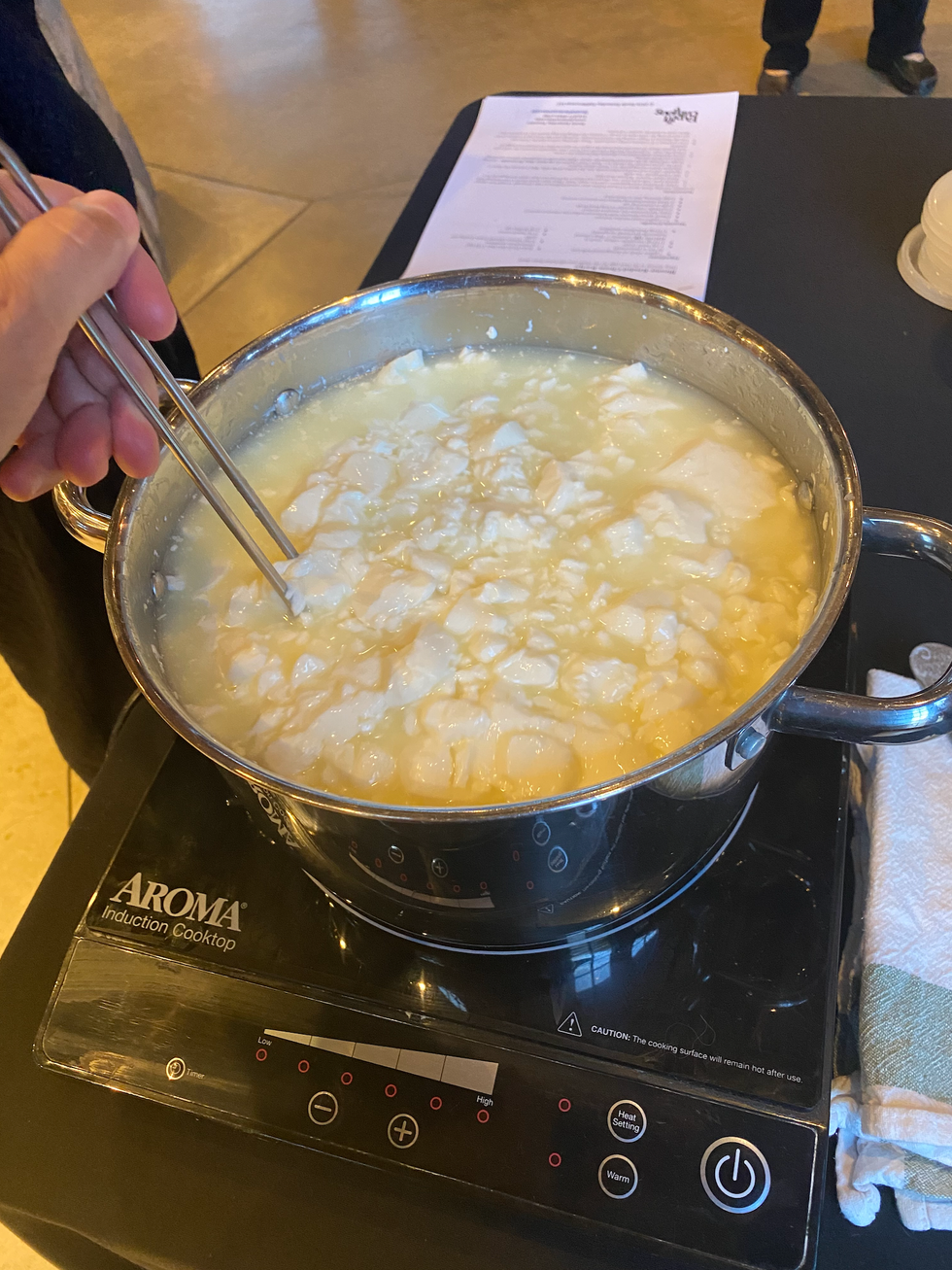
According to Nicole, there are a few cheesy tips to keep in mind before heading down the cheesemaking road:
- Milk Quality: You want to use really high-quality, cream top, non-homogenized whole milk. We used locally made gallons from Straus Creamery. Raw and pasteurized milk work great but never use ultra pasteurized or ultra heat treated, she notes.
- Container: Your cheese will age inside this cheese mold, which will go into a plastic container with a lid. The lid should be loose-fitting (not air-tight) to avoid unwanted mold. I just sliced the top of the lid with a knife to let some air in, as directed by Nicole.
- Ammonia Scent: Your cheese could end up smelling a bit like ammonia (it happens). To avoid this, make sure your cheese wheel takes up no more than 40 percent of the space inside the aging container. You can try to air it out if this happens to reduce the ammonia scent, but sometimes it's too late.
- Drying/Cracking: Cheese will dry and crack if the humidity is too low - consider a better-fitting lid on your container.
FARMcurious has kits and virtual classes too on all things cheese to avoid some of these pitfalls.
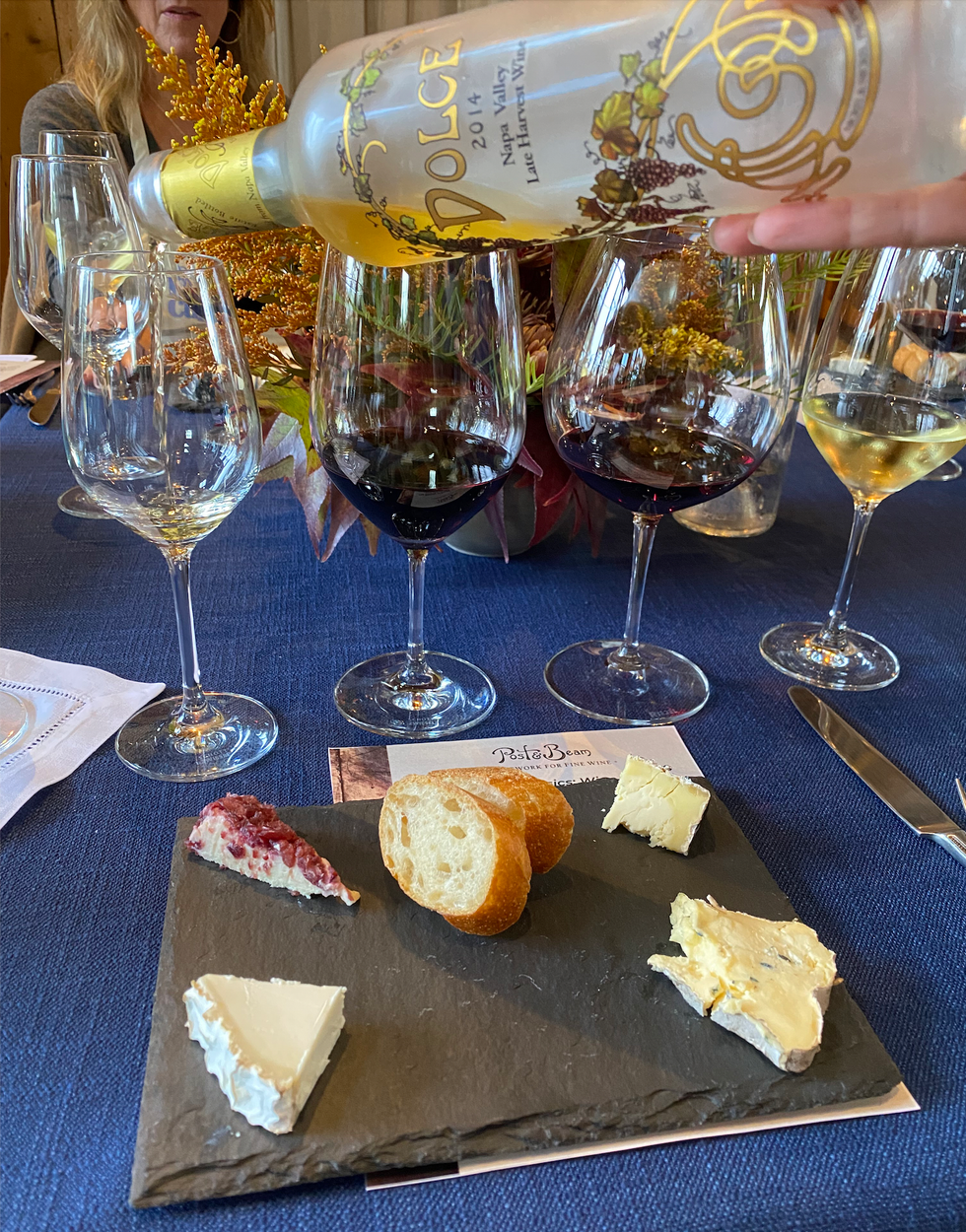
As we waited for our curd to get firm like tofu (which takes about an hour), sommelier Haley Moore shared a wine-and-cheese tasting with Post & Beam wines, and they were some of the best pairings I've ever tasted. Here's a cheat sheet:.
- Post & Beam 2020 Chardonnay + Cranberry Brillat Savarin by Lincet in Bourgogne, France
- Enroute 2019 "Les Pommiers" Pinot Noir + Sappy Ewe by Nettle Meadow in New York
- Post & Beam 2019 Cabernet Sauvignon + Leonora by Mitica in Leon, Spain
- Far Niente Dolce + Cambozola by Champignon in Bavaria, Germany
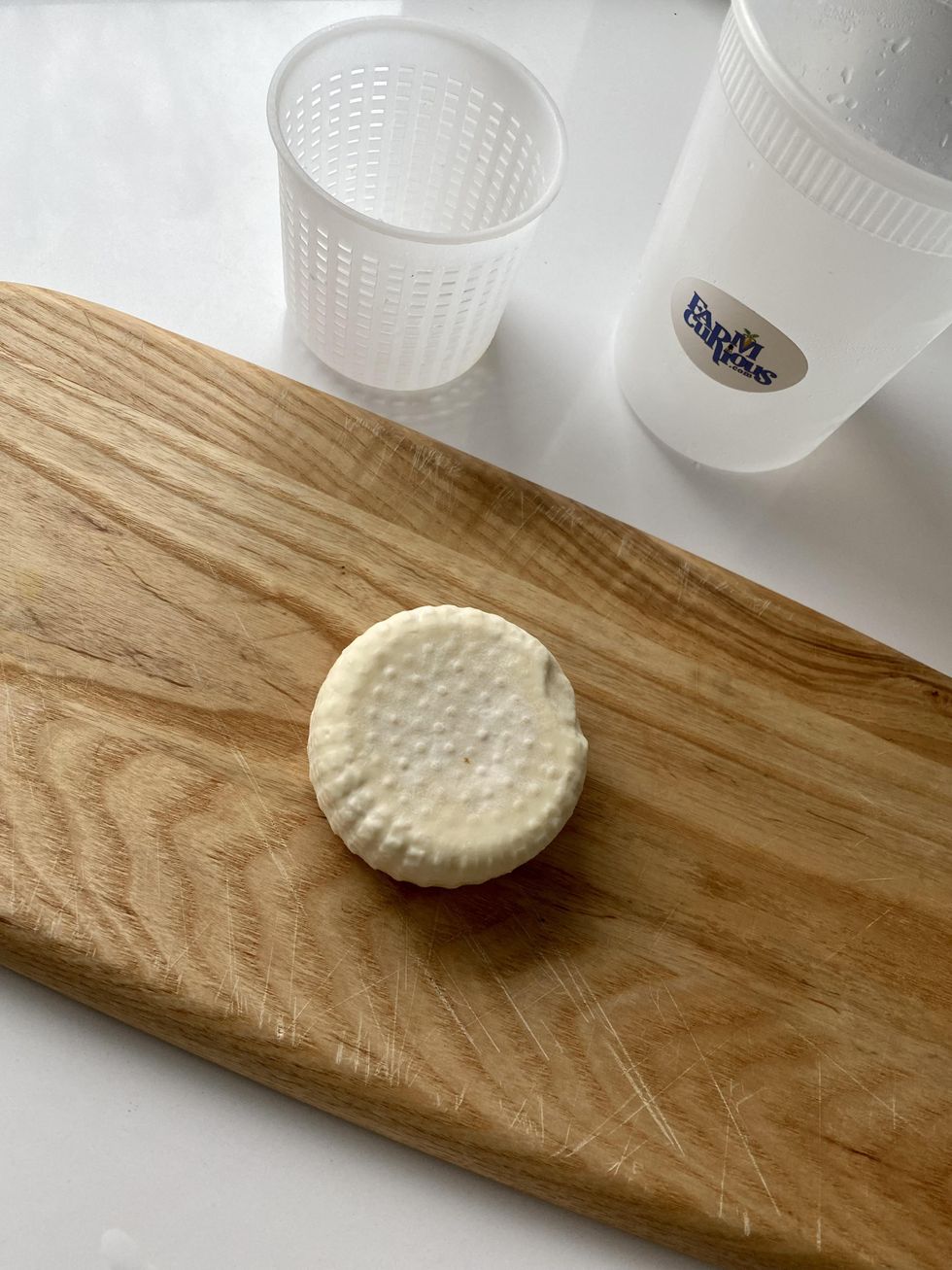
I'm still babysitting my Baby Camembert (shown above pre-aged) but I'm looking forward to spreading it on some toasty bread come the holidays!
Interested in topics like how to make cheese? Check out Brit + Co's classes on baking homemade Sourdough, Cinnamon Rolls, and Croissants!
Main photo by Margaret Jaszowska for Unsplash; all other photos provided by author.





